
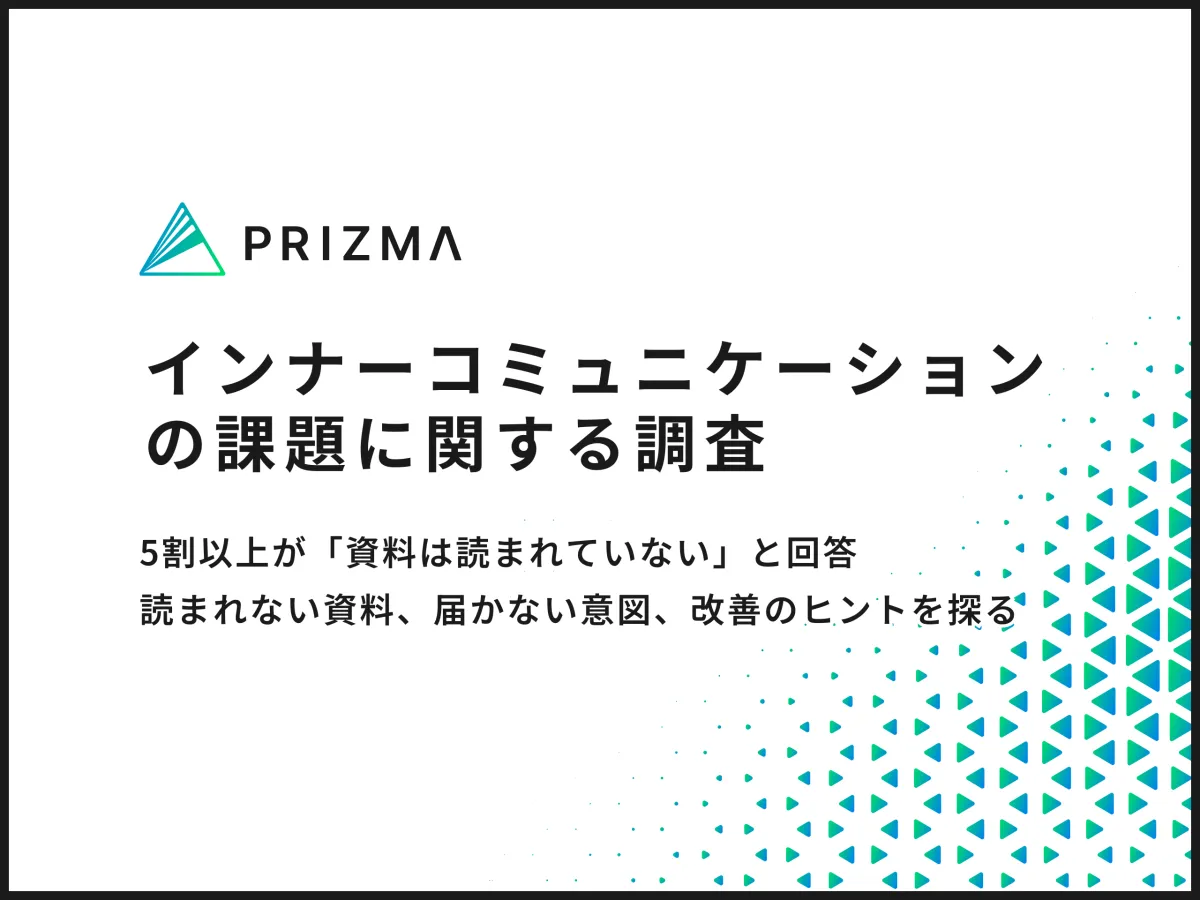
Addressing the Communication Gap in Companies: Why Internal Documents Are Not Being Read
Addressing the Communication Gap in Companies: Why Internal Documents Are Not Being Read
In today's rapidly evolving workplace, especially with the rise of remote work, effective internal communication has become increasingly challenging for companies. A recent survey conducted by PRIZMA has shed light on the pressing issues companies face regarding internal communications. The results indicate that over half of the respondents believe that internal documents like reports and policy briefs are rarely read, creating a significant gap in internal information dissemination.
Survey Insights
According to the survey conducted among public relations, human resources personnel, and management, 54.4% of respondents confirmed that their company has internal documents designed to convey important messages, such as mission statements and evaluation processes. However, the study also revealed that more than 20% of those companies have produced documentation in the past that they no longer utilize. Alarmingly, 14.3% are in the planning stages of creating documentation that is not yet in place, indicating a widespread inconsistency in internal communication efforts.
The Perception of Readership
When asked if they believe employees are adequately reading these documents, 54.7% of those surveyed felt that the materials were not being read at all. This statistic highlights the disconnect between information dissemination and actual employee engagement with that information. The data suggests a necessary shift from a sender-focused perspective to one that prioritizes the needs and circumstances of the reader. Without considering what engages employees, companies risk the obsolescence of these essential communications.
Document Formats Used
The survey also examined the types of internal documents that are most commonly utilized. The majority of companies rely on textual formats like Word and PDF documents (47.4%), followed by presentation slides (38.9%) and intranet articles (37.9%). These results suggest a predominant reliance on text-heavy formats, which may lack the visual appeal and emotional engagement necessary to capture and retain employee interest.
Time Commitment for Document Creation
Another critical aspect of the survey involved understanding the time invested in creating these documents. The most common time spent on document creation was found to be between 1-3 hours (34.1%). This quick turnaround suggests a preference for efficiency over in-depth content development, leading to potential issues with content quality and effectiveness.
The Consequences of Poorly Communicated Information
One of the alarming insights from this study is the range of operational challenges that arise due to ineffective communication. Nearly half (47.4%) of respondents expressed that the failure to communicate their company's mission and values properly contributes to a lack of alignment among employees. This miscommunication can lead to employee dissatisfaction and misunderstandings surrounding evaluation processes (44.3%), further exacerbating feelings of frustration and disengagement.
Insights from Employees on Communication Barriers
To gain a deeper understanding, the survey included feedback from general employees. They provided insights into what they find difficult to understand in internal communications and why they may not feel motivated to engage with such materials. A notable finding indicated that over 64.6% of employees showed interest in using visual storytelling, such as comics, to enhance their understanding of company policies. This reflects a growing demand for creative and engaging communication methods that resonate with employees, suggesting that companies need to innovate their internal communication strategies.
Conclusion: Redesigning Internal Communication
Ultimately, the findings from PRIZMA's survey make it clear that many companies must reevaluate their internal communication methods. By shifting from a traditional, text-heavy approach to more engaging and visually appealing formats, organizations can ensure that their communications not only reach employees but also resonate with them. The introduction of visual elements, such as comics, could serve as a vital tool for simplifying complex information and fostering a more engaging internal culture. In rethinking the ways they communicate, companies have the potential to significantly improve employee understanding, alignment, and overall satisfaction within the workplace.
For more detailed data from the survey on internal communication challenges, you can access the free white paper provided by PRIZMA at this link.

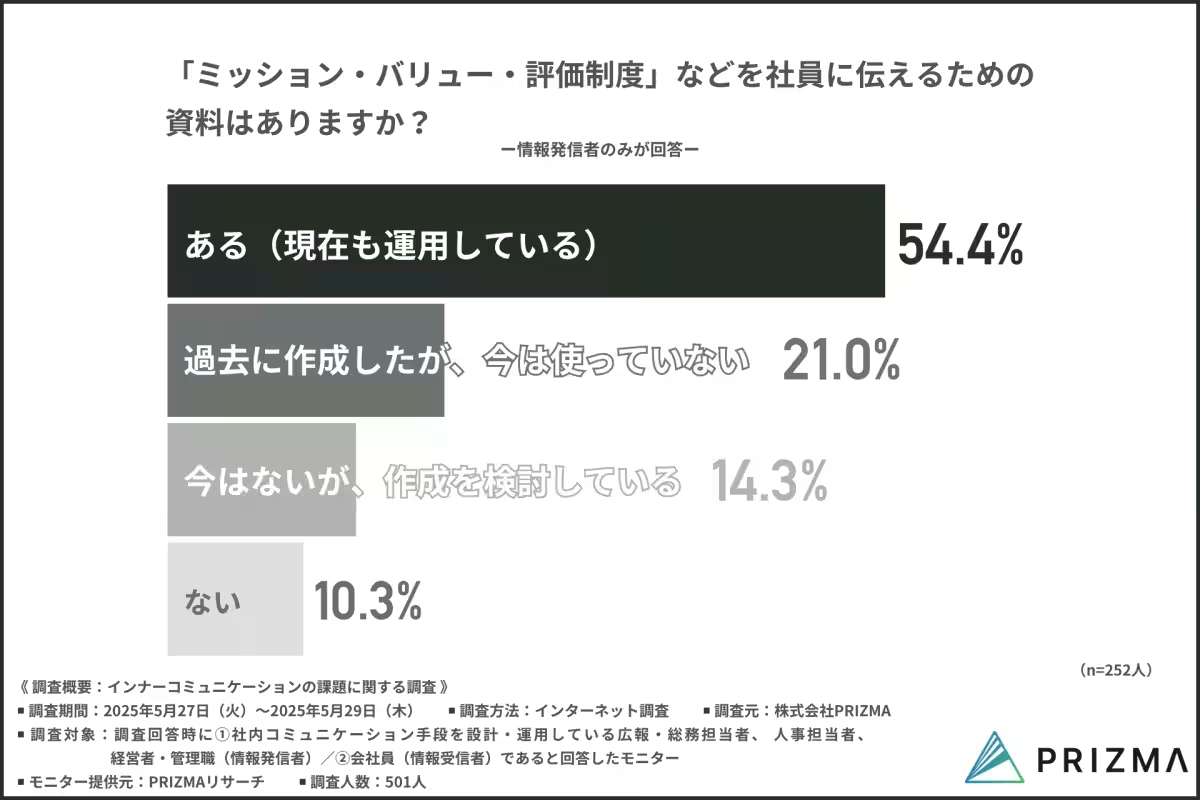
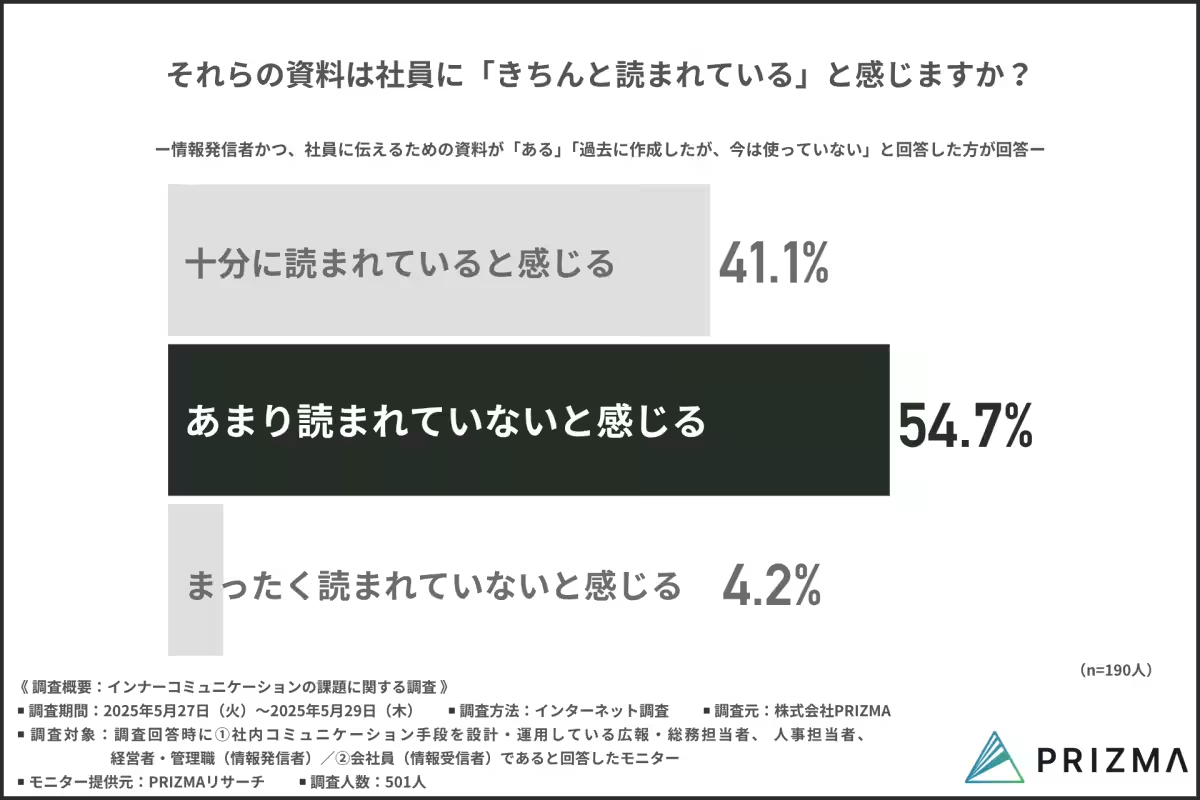
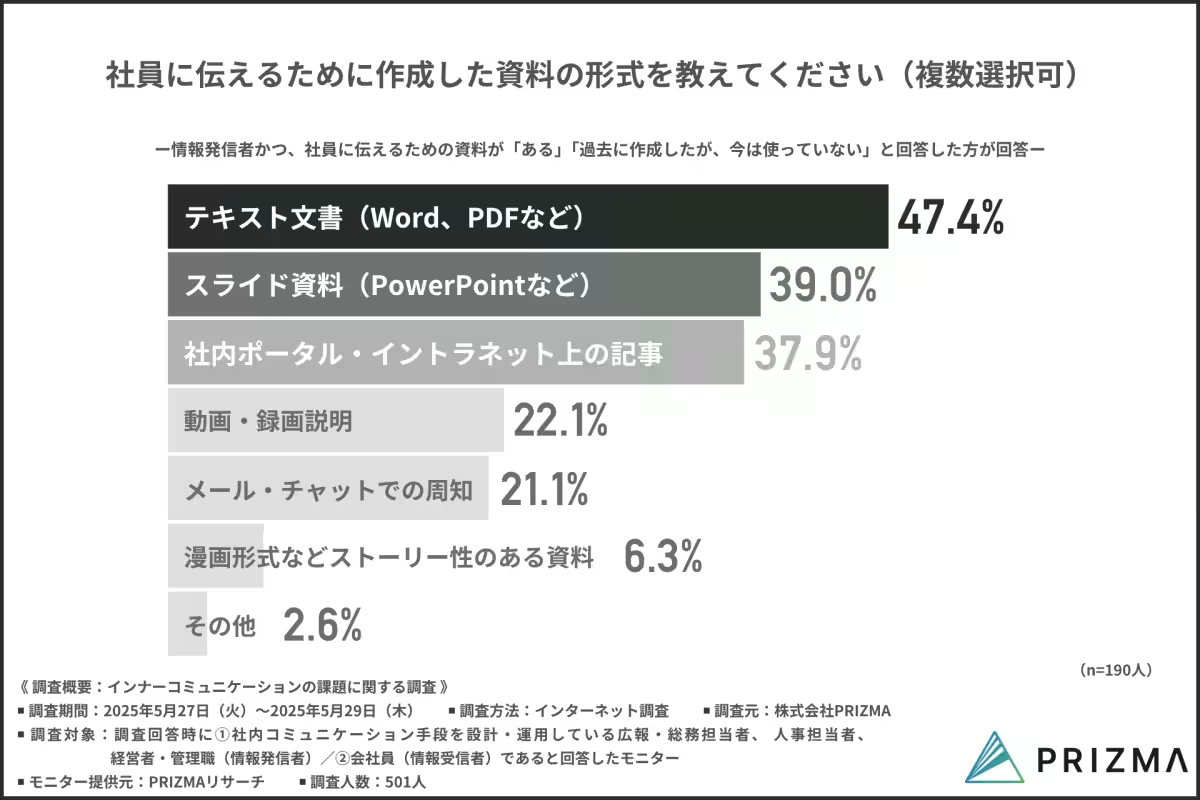

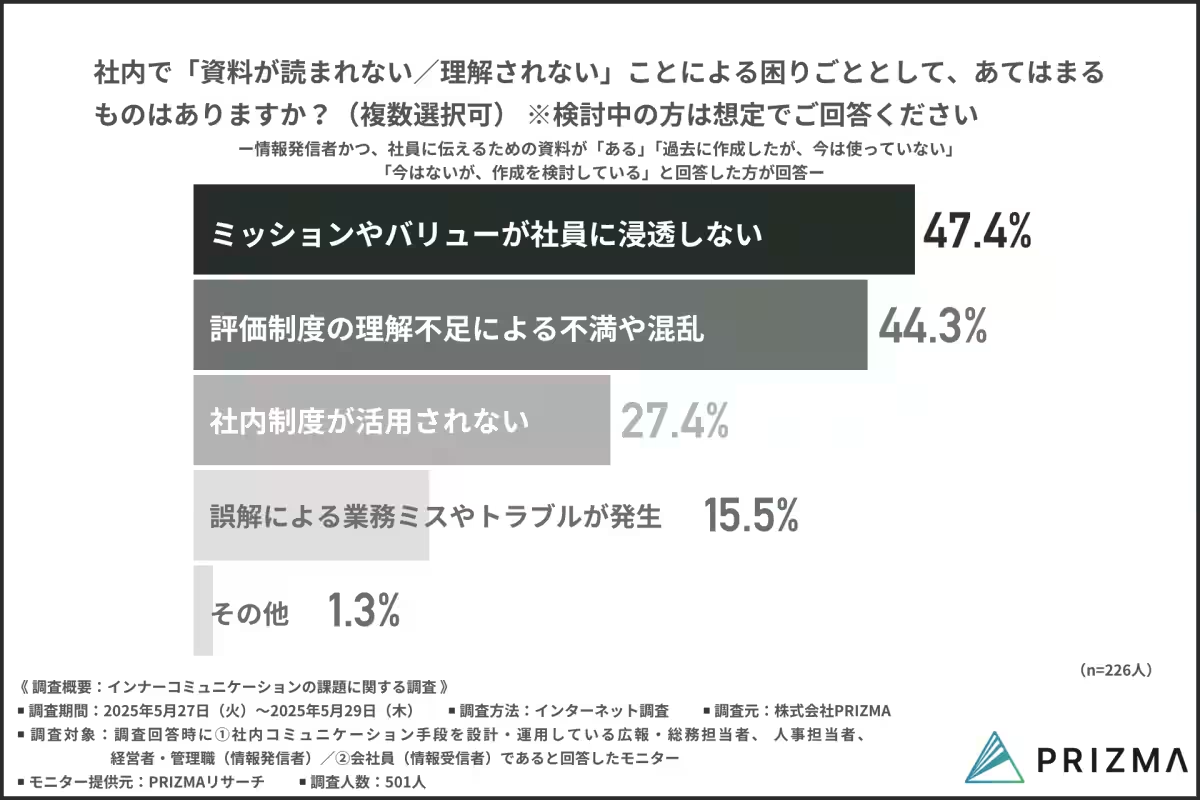
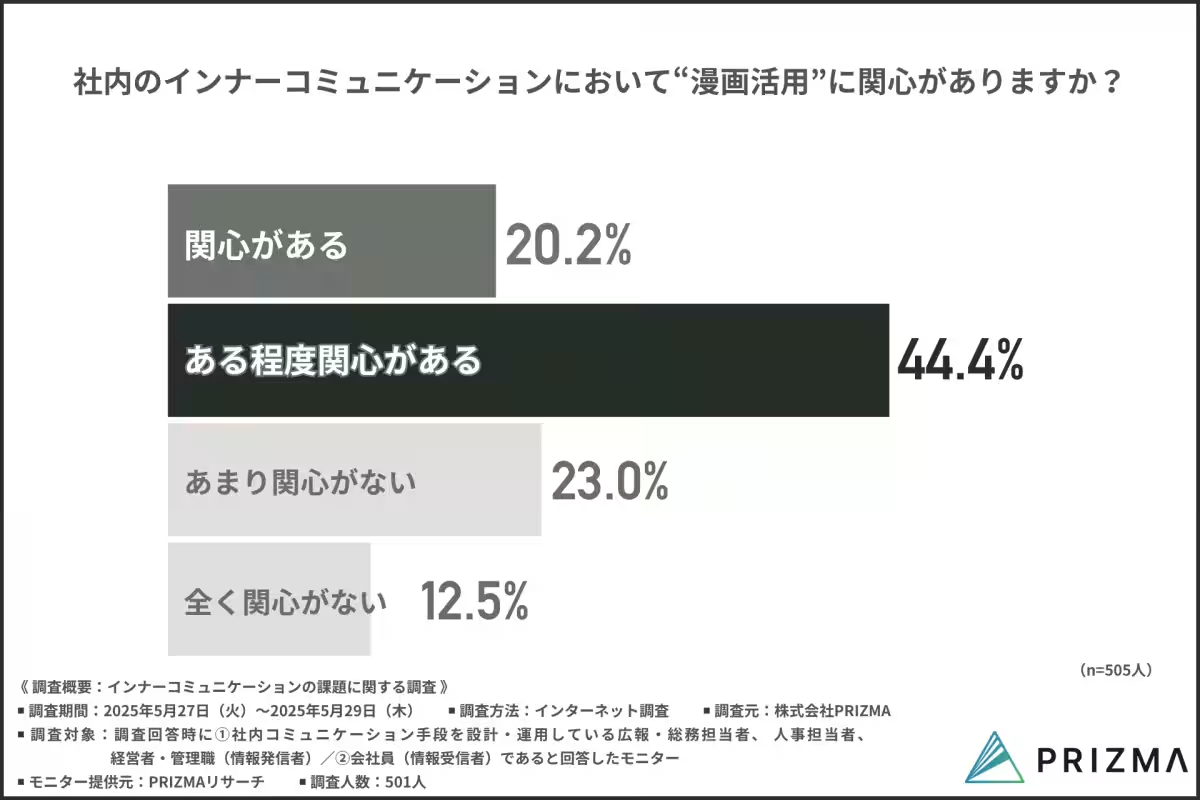
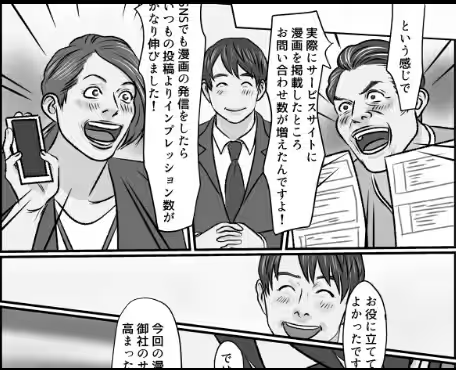

Topics People & Culture)










【About Using Articles】
You can freely use the title and article content by linking to the page where the article is posted.
※ Images cannot be used.
【About Links】
Links are free to use.